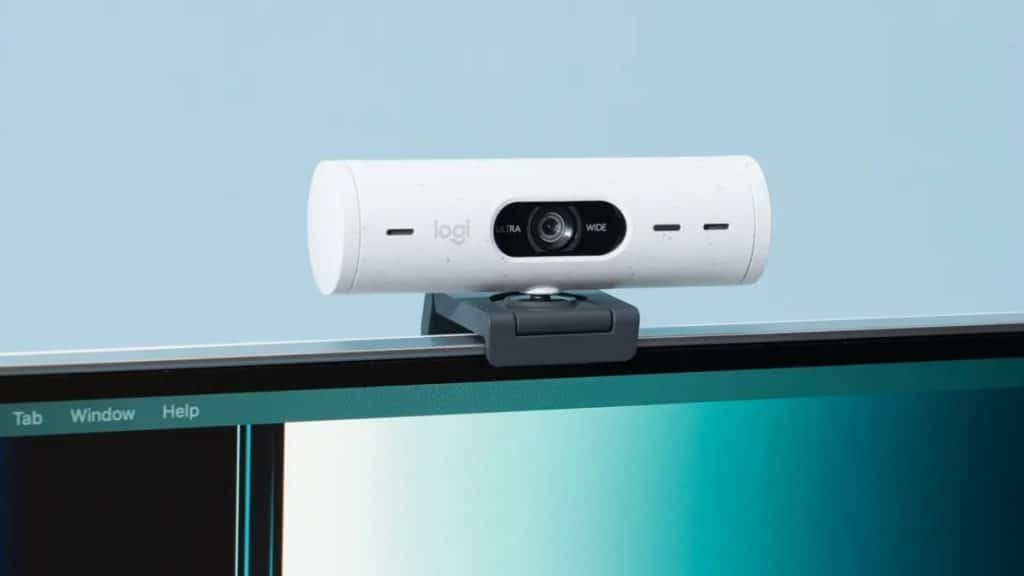A webcam on a remote desktop turns into an indispensable tool. It allows you not only to maintain live communication with colleagues, clients and partners, but also opens up new opportunities for collaboration, monitoring remote objects and ensuring security.
It is important to know how to properly use a remote desktop camera to perform your tasks. You will learn the principles of operation of this device, features and advantages of use, as well as the rules for choosing the optimal camera.
What is a remote camera and how does it work?
Remote Camera is a feature that allows you to use your local computer’s webcam in a remote desktop session. It’s like transferring the lens of your camera to another computer, opening up new possibilities for communication, work and control. The operating principle is as follows:
- Connection. You connect to a remote computer through remote access software such as RDP (Remote Desktop Protocol) or VNC (Virtual Network Computing).
- Redirection. USB device redirection is configured on the local computer. This means that the signal from your webcam is redirected to the remote computer, making it available for use.
- Virtual presence. The remote computer sees your webcam as if it were directly connected to it. Now you can use it in any applications and programs that support webcams on a remote computer.
This functionality can be implemented in two ways. For example, you can redirect the device via USB. This is the most common and simple method that provides high image quality. Third party software can also be used. Such tools are simpler and easier to set up, but have some limitations on the quality of video display.
Implementation of a remote access camera
Depending on the operating system, the configuration rules may differ. For Windows, you just need to follow a few simple steps to set up access to the remote camera:
- Click Start > Run.
- Type mstsc and press Enter.
- In the Remote Desktop Connection window, click Show Options.
- Go to the Local Resources tab.
- In the USB devices section, select the Camera checkbox.
- Click OK.
Once connected to the remote computer, you can use the webcam on another device in the same way as on your own. This greatly simplifies the possibilities and saves time and resources.
Also pay attention to these simple recommendations when setting up:
- Make sure your webcam has the latest drivers.
- Close any other applications that may be using your webcam before launching the remote access application.
- If you are using a firewall, make sure it allows remote access applications to access your webcam.
- For security reasons, it is recommended that you turn off your webcam when not in use.
With these simple steps, you can easily set up and use your webcam on your remote desktop, expanding your remote work and communication capabilities.
Connecting to a remote camera: features
Connecting to a remote camera can open up new possibilities for you, whether it’s monitoring a remote site, communicating with colleagues face-to-face, or participating in virtual events. Pay attention to the following features that must be taken into account to correctly configure the equipment:
- Firewall configuration. Make sure your firewall allows remote access applications to access your webcam. In some cases, you may need to open additional ports.
- Device compatibility. Check if your webcam is compatible with both computers’ operating systems and the remote access software you choose.
- Use strong passwords to access the remote computer and webcam. Turn off your webcam when not in use. Install antivirus software and firewall on both computers.
- Additional parameter settings. Adjust camera settings, check drivers, restart computers. Make sure the camera is properly connected, USB redirection is configured, and the drivers are up to date.
The quality of the image depends largely on the speed of your Internet connection. Using a special application for remote access, you can fully activate all the camera’s capabilities using a remote connection.
How to choose a camera for remote access?
Choosing the right webcam for the job is not an easy task and requires many considerations. For remote access, you should pay attention to the following factors:
- Image quality. The priority is high quality image and sound. Consider models with autofocus, good detail, and a built-in microphone. The higher the resolution, the clearer and more detailed the image will be. HD (720p) is sufficient for video calls, but Full HD (1080p) or 4K (2160p) is recommended for professional purposes.
- Connection type. The most convenient and common option is via USB. It provides easy connection and stable signal transmission. Wireless cameras are used less frequently to provide remote access.
- It is also important to pay attention to autofocus, built-in microphone, and lighting correction. Privacy protection is another important factor when choosing.
- Brand and budget. Choose cameras from reputable manufacturers that offer warranties and support. Determine your budget and look for models that meet your value for money requirements.
With these tips, you’ll be able to choose a remote camera that’s perfect for your needs and budget, opening up new possibilities for remote work, communication, and security.

